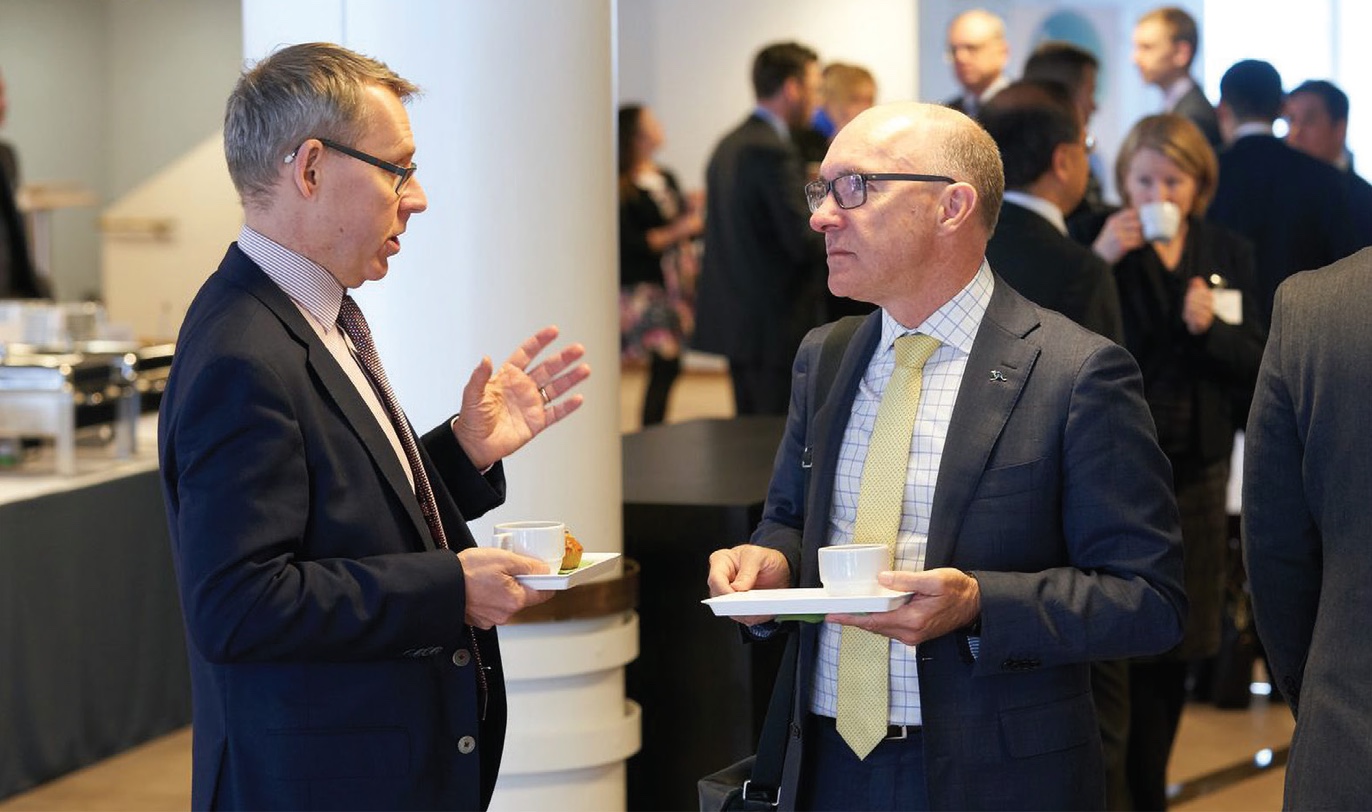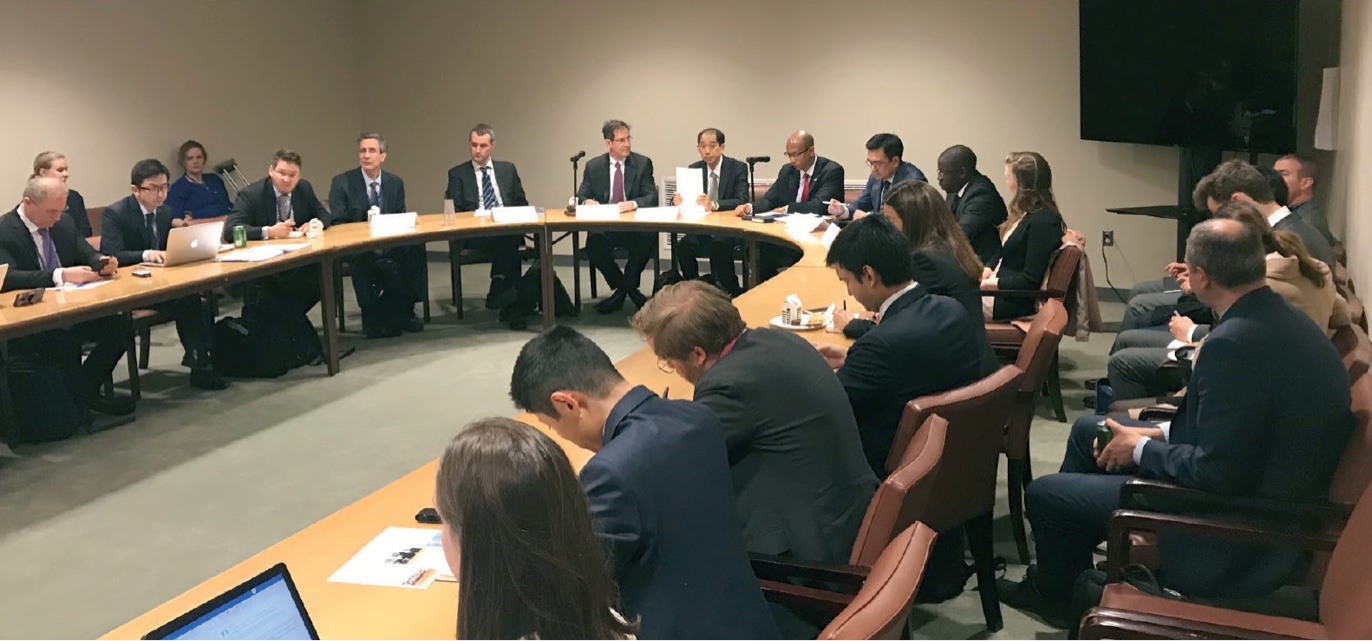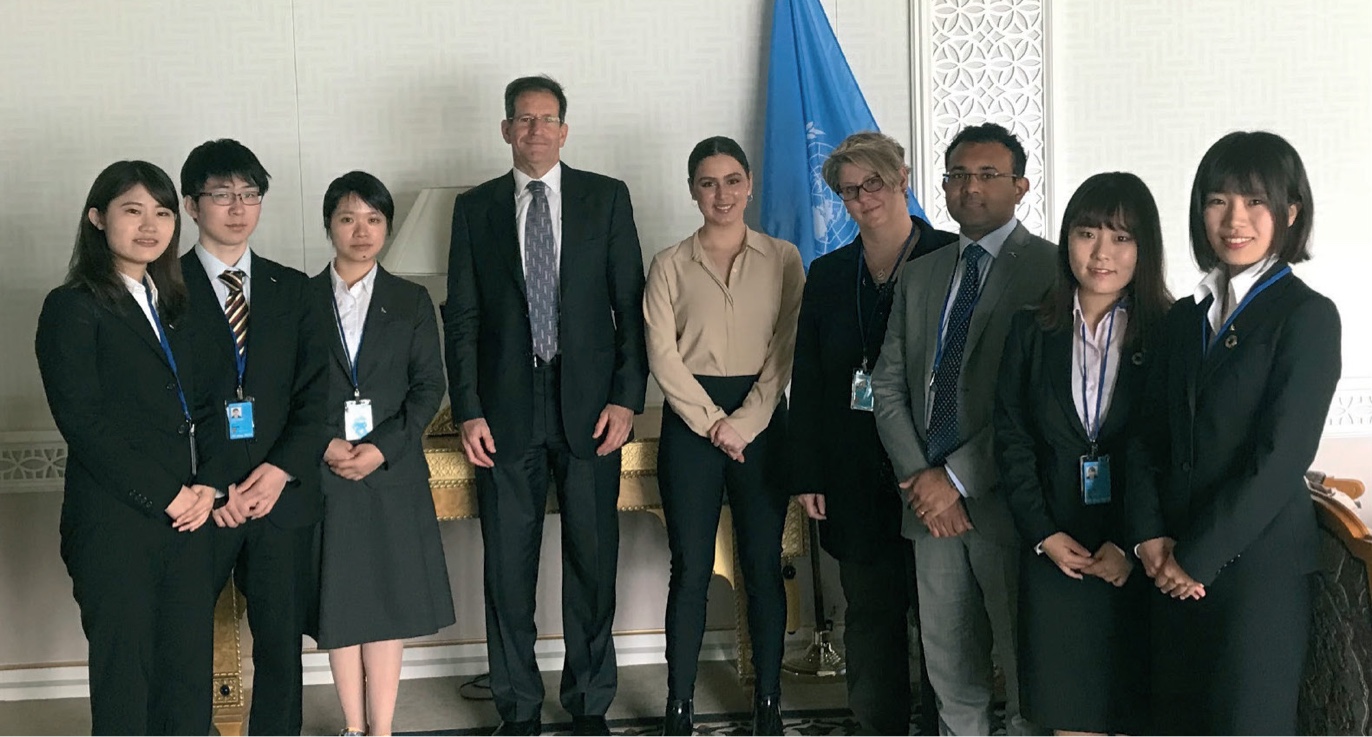Output 1.7: Other Non-Proliferation Regimes
Contribution to the development and strengthening of other weapons of mass destruction non-proliferation regimes.
Performance Measures
- Provide support and assistance to Australia's Permanent Mission to the Conference on Disarmament (CD) in Geneva in their efforts to advance Australia's non-proliferation and disarmament objectives, in particular, on seeking to commence the negotiation of an internationally verifiable Fissile Material Cut-off Treaty (FMCT).
- Support other developments in the field of non-proliferation and disarmament that are relevant to Australia's interests, such as contribute to the 2019 Preparatory Committee for the 2020 Review Conference of the Treaty on the Non-Proliferation of Nuclear Weapons (NPT).
Performance Assessment
ASNO contributes routinely to Australia's efforts to strengthen international non-proliferation efforts by participating in a range of forums or by providing advice and input for briefing and papers prepared by DFAT, such as papers Australia co-authors with like-minded countries to help shape and influence multilateral processes.
Fissile Material Cut-off Treaty
A ban on the production of fissile material for use in nuclear weapons has long been considered a companion to the CTBT in that it would work to impose a cap on the size of nuclear arsenals. An effectively verifiable treaty banning the production of fissile material for nuclear weapons or other nuclear explosive devices, a Fissile Material Cut-Off Treaty (FMCT), has the potential to deliver substantial benefits for the security of all States, furthering the twin goals of nuclear disarmament and nuclear non-proliferation. The term "fissile material" refers to kinds of nuclear material that are capable of being used in a nuclear weapon.
While there remain significant challenges before such negotiations can commence, a FMCT remains a next logical step in progressing global nuclear disarmament, and continues to be one of Australia's priority nuclear disarmament objectives. In July 2018, the report of the Expert Preparatory Group (EPG) for an FMCT was released. DG ASNO led Australia's contribution to a successful outcome of the process that led to the report. The EPG report builds on the report of the 2014–15 Group of Governmental Experts on an FMCT, in which Australia participated. Together, these reports lay out detailed proposals and options for a future FMCT and address related pros and cons. The consensus EPG outcome provides a practical compendium of possible treaty elements for when negotiations on a treaty may start.
ASNO continued during the year to provide expert support for Australia's efforts to build confidence and momentum in the Conference on Disarmament (CD) towards the commencement of negotiations on an FMCT. This included support for the active engagement by Australia's mission in Geneva in a 2018 subsidiary body of the CD that sought to establish common views on the shape of an FMCT.
International Partnership for Nuclear Disarmament Verifications (IPNDV)
Future steps in nuclear disarmament will pose significant verification challenges. Success in addressing these future challenges will require the development and application of new technologies or concepts, and all states have an interest in the success of these efforts. During the year, ASNO with DFAT and ANSTO continued Australia's active contribution to IPNDV's second two-year work phase.
The dismantlement of nuclear weapons could be part of either an incremental process of reductions or of a process to eliminate some or all nuclear weapons. IPNDV's Working Group 5 (co-chaired by DG ASNO) has analysed and described the essential features of multilateral inspections to verify each of the 14 steps of nuclear weapon dismantlement, beginning with monitoring the removal of weapons from delivery systems and ending with the recycling of nuclear material from the weapons for civilian use, or its disposal in proliferation-resistant forms. The group has focused on preparing a detailed description of inspection methodologies, and of the technologies required to support them. The group also examined a number of options for the disposition of sensitive nuclear material arising from the dismantlement of nuclear explosive devices and how processes leading to non-weapons uses, or disposal, could be verified.
In the current work phase, IPNDV's Working Group 4 is undertaking an examination of approaches for verifying declarations a state may make about its nuclear weapons as a precursor to their potential dismantlement. IPNDV's Working Group 6 continue to examine technology requirements to support the work of IPNDV. Australian experts contribute to all three working groups.
Because developing new monitoring and verification technologies and mechanisms will require sustained resources and commitment, the work initiated by the International Partnership will be a long-term effort.

Dr Floyd at the International Partnership on Nuclear Disarmament Verification (IPNDV) Joint Working Group Meeting in Helsinki, March 2019. Photo courtesy of the IPNDV
Preparatory Committee for the 2020 Review Conference for the NPT (NPT PrepCom)
In May 2019, Dr John Kalish Assistant Secretary ASNO moderated a side-event on The Additional Protocol (AP) as the Safeguards Standard during the 2019 Preparatory Committee for the 2020 Review Conference of the NPT in New York. The panel discussion covered why states should adhere to the AP and what support was available to help states bring it into force and implement it. Strong IAEA safeguards are a cornerstone of the NPT and the AP is the basis for providing assurances that all nuclear material in the state is under safeguards to verify its peaceful use, in accordance with the NPT.

Dr John Kalish Assistant Secretary ASNO chaired a side-event The Additional Protocol as the Safeguards Standard during the NPT Preparatory Committee Meeting at the United Nations, New York, May 2019

Dr John Kalish Assistant Secretary ASNO and other members of the Australian delegation to the NPT Preparatory Committee Meeting met with students from the Nagasaki Youth Delegation of the Nagasaki Council for Nuclear Weapons Abolition at the United Nations, New York, May 2019

